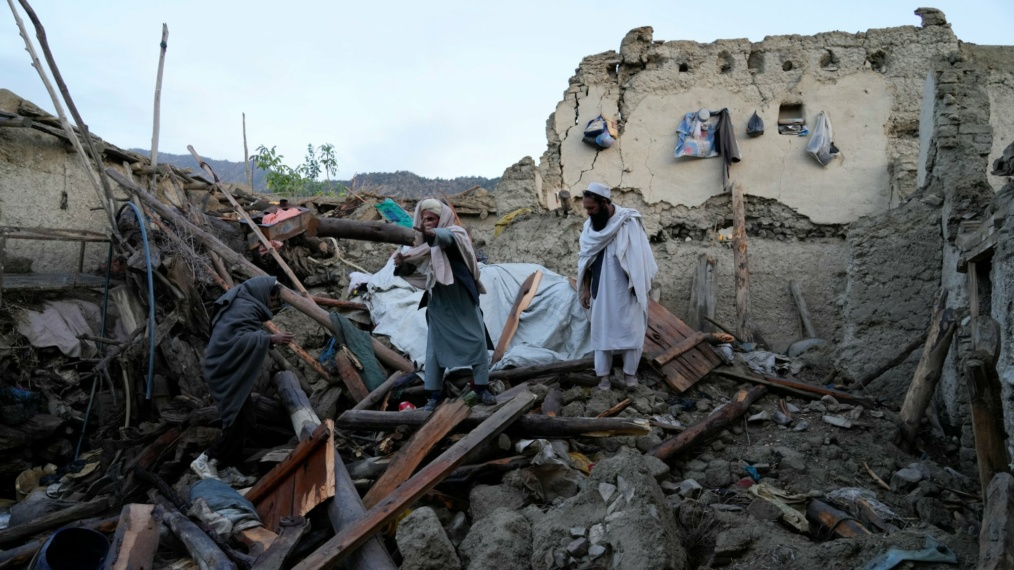
Earthquake in Afghanistan: How Environmental Challenges Threaten Peace
On June 22, at around 1:30 am local time, one of the deadliest earthquakes in Afghanistan’s history struck eastern provinces, killing more than 1,000 people and wounding 1,600. Most homes, hospitals, and buildings in the region are poorly built, which has led to massive infrastructure damage by the earthquake. Even before the Taliban’s rule, emergency response resources were stretched thin. The de facto ruler’s strained relationship with the international community will likely complicate aid efforts. This is another deadly example of Afghanistan’s ecology’s threat to peace prospects in the region. This threat is greatest from natural disasters, water shortages, and climate change.
Natural Disasters
The June 22 earthquake comes amidst an ongoing economic and humanitarian crisis, with half of Afghanistan’s population facing acute hunger. Sadly, natural disasters are not uncommon in Afghanistan. The country is highly prone to intense and frequent disasters due to its location. The most common include earthquakes, flooding, avalanches, landslides, and droughts. In the past 40 years, more than nine million people have been affected, and 20,000 have been lost due to natural disasters.
The effects of these events have profound consequences beyond the loss of life. Natural disasters in Afghanistan continue to hinder peace and development processes. Already pressed for resources, it is unlikely that destroyed infrastructure will have the material means to be rebuilt. Disasters also can lead to higher rates of terrorism in subsequent years. Before the current earthquake, ISIS-K has ramped up attacks against the Taliban. This disaster provides a dangerous opportunity for them, as the de facto ruler’s attention is divided.
Water Shortages
Afghanistan has long suffered from severe water shortages. Nearly 80% of the population relies on farming or animals for income. During Afghanistan’s history, multiple insurgencies have been fought over access to water for agricultural purposes. Today, some estimate that more than 70% of Kabul’s citizens do not have access to safe drinking water. Worse, a study by John Hopkins University indicates that the demand for water in Kabul will increase by 600% in the next four decades.
As Afghanistan’s population grows rapidly and water becomes scarcer, crisis and conflict over water may grow more desperate. The country does have water resources it is not using; however, weak governance prevents effective utilization of those resources. Tensions over water also loom large in regional politics, making diplomacy an essential tool in resolving this issue. Lastly, water has previously been used as a weapon, with Taliban forces blockading water to farmer’s land. As conditions continue to spiral into desperation, water may again be weaponized. If done, this could prove to be the source of escalation and dispute.
Environmental Degradation
Finally, environmental degradation and changing climatic patterns pose a significant threat to Afghanistan. The country will be disproportionately affected by a change in climate and is entirely unequipped to deal with it. This factor serves as a long-term threat multiplier, worsening the country’s existent poverty and problems. Due to its long-term nature and the government’s inability to cope with the current crisis, it is likely to go unchecked, significantly increasing all ecological threats to the region in coming years.
Rise to Peace Author, Counter-Terrorism Research Fellow
